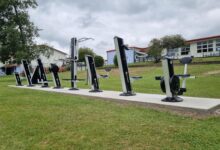Solar power solutions for schools
One popular way that schools have become an “exemplar of sustainability” in recent years is through the use of solar panels.

Last year, it was announced that all coal-boilers in schools would be replaced with renewable energy sources by 2025. This is one of the latest in a series of initiatives aimed at achieving a carbon-neutral public sector by 2025. A popular, accessible and successful way for schools to contribute to this vision is through the use of solar panels.
Schools looking to install solar should start with practical questions, such as whether your school or kura is in an area of the motu with sufficient sunshine hours.
Read the latest edition of School News magazine HERE
The property must have a suitable roof for solar-panel installation. Metal roofing is generally the simplest for solar-panel installation, and tile or flat roofing may have increased costs associated, due to specialist mounting equipment. The proposed roof should also be in good repair, as solar panels are generally designed to last for a long-term period, up to 25 years.
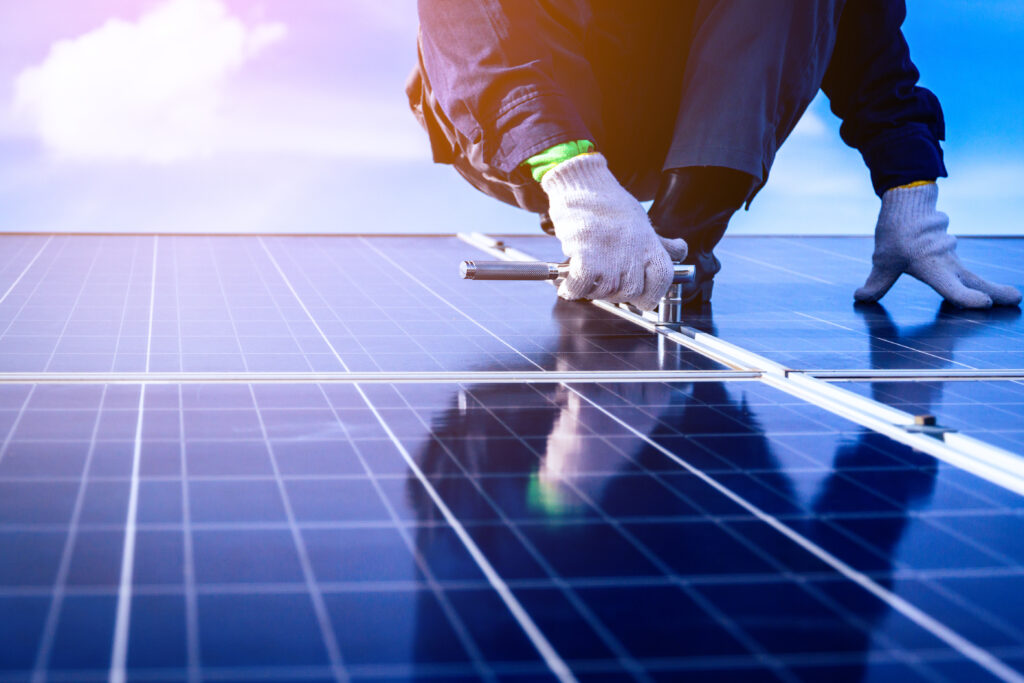
Another important question is the amount of energy used during daylight hours, as solar-generated power is most cost effective when used as generated. Schools and kura should investigate the cost per unit of generated electricity. This can be sold back to the grid, which increases the proportion of renewable energy available to all households in Aotearoa. However, the cost of buying a unit of electricity is generally up to three times higher than the cost of selling a unit of electricity. This means recuperated costs will largely be made up from self-consumption, the savings associated with using the generated electricity.
Battery storage may be an attractive option. Batteries can provide flexibility in utilising the electricity generated by panels when the school is closed, that is, during weekends and school holidays.
When evaluating costs, schools may consider a large capital investment upfront to purchase and install the solar panels, in comparison to leasing. Leasing solar panels means there are no upfront costs, and schools and kura pay a fixed price to the solar panel company, usually at a rate lower than existing energy costs.
Alternatively, schools may apply for funding through the Ministry, meaning the panels will be owned by the Ministry.
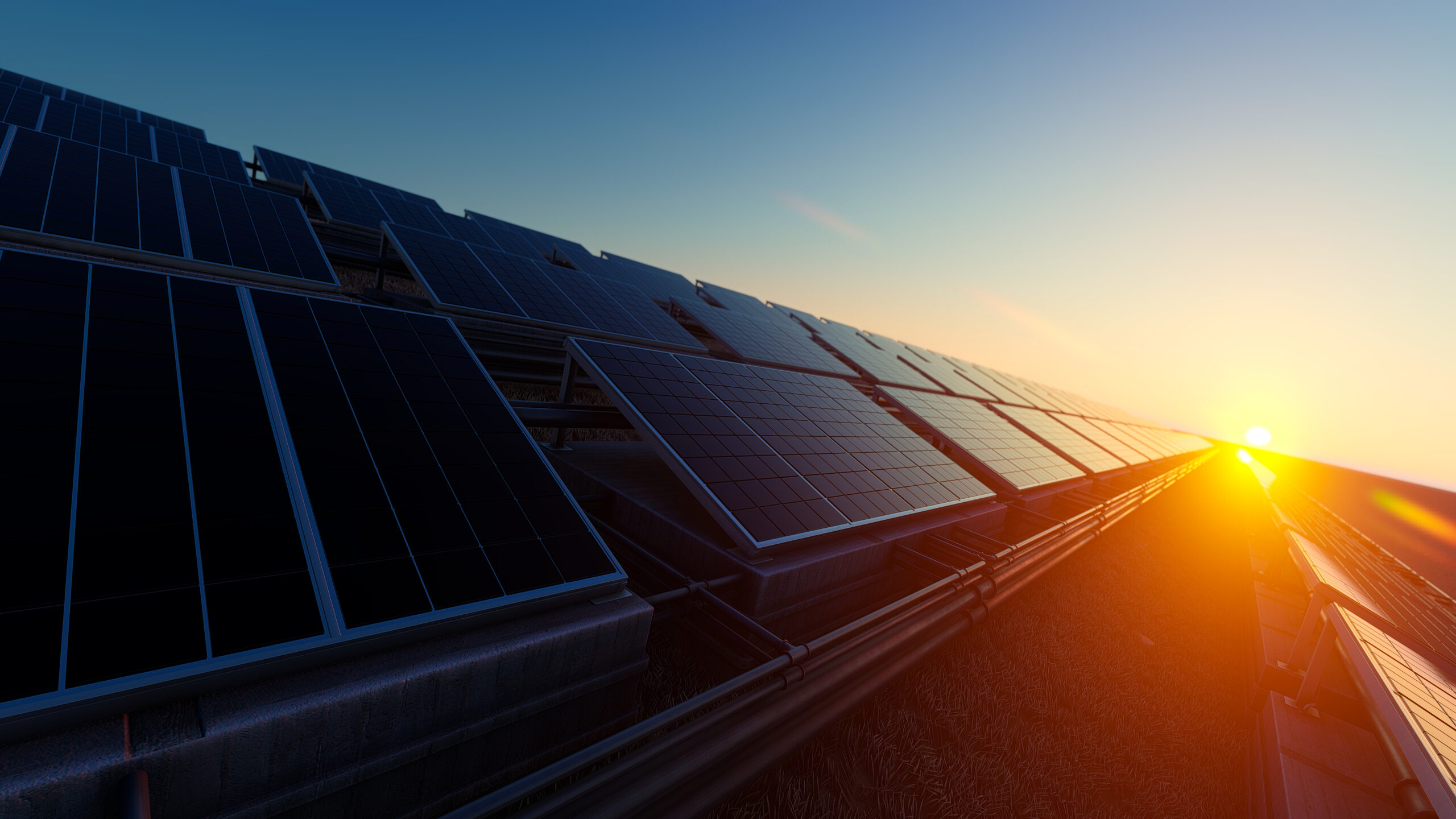
To learn more, School News gained the perspective of two different solar power providers.
Laura Caccioppoli, Project Coordinator at Integrated Energy said that when looking for solar, schools should consider their current electricity use from the grid. “It’s also important to consider roof space and any planned building or renovation works which might affect an installation. A good solar installer will be able to work with you on these and they should be asking for at least six months’ worth of electricity bills, ideally 12, so they can get a measure of electricity use across the year. You should also think about whether you might like to add battery storage at any point as this may affect the type of system most appropriate for the school.”
At the design stage, Ms Caccioppoli said it is important to look at how much electricity your system is predicted to generate – too little and your system isn’t going to have much of an impact, too much and you’re going to be sending a lot back to the grid where rebates aren’t very high. This is important for schools where there are large periods of time when the school is closed, and electricity use will be at a minimum.
“For schools, leasing solar systems is a great option. With minimal investment, schools are free to spend budgets on their students whilst being confident that the savings they make on solar will also contribute. By developing a partnership with their installer, schools can be confident that any issues with the solar system, will be taken care of by the installer with minimal inconvenience to the school. It also ensures they’ll remain clean, which we recommend doing around once a year.” Finally, Ms Caccioppoli said a good solar monitoring system provides fantastic educational opportunities for students who can use the data produced in a range of different ways and in several subjects.
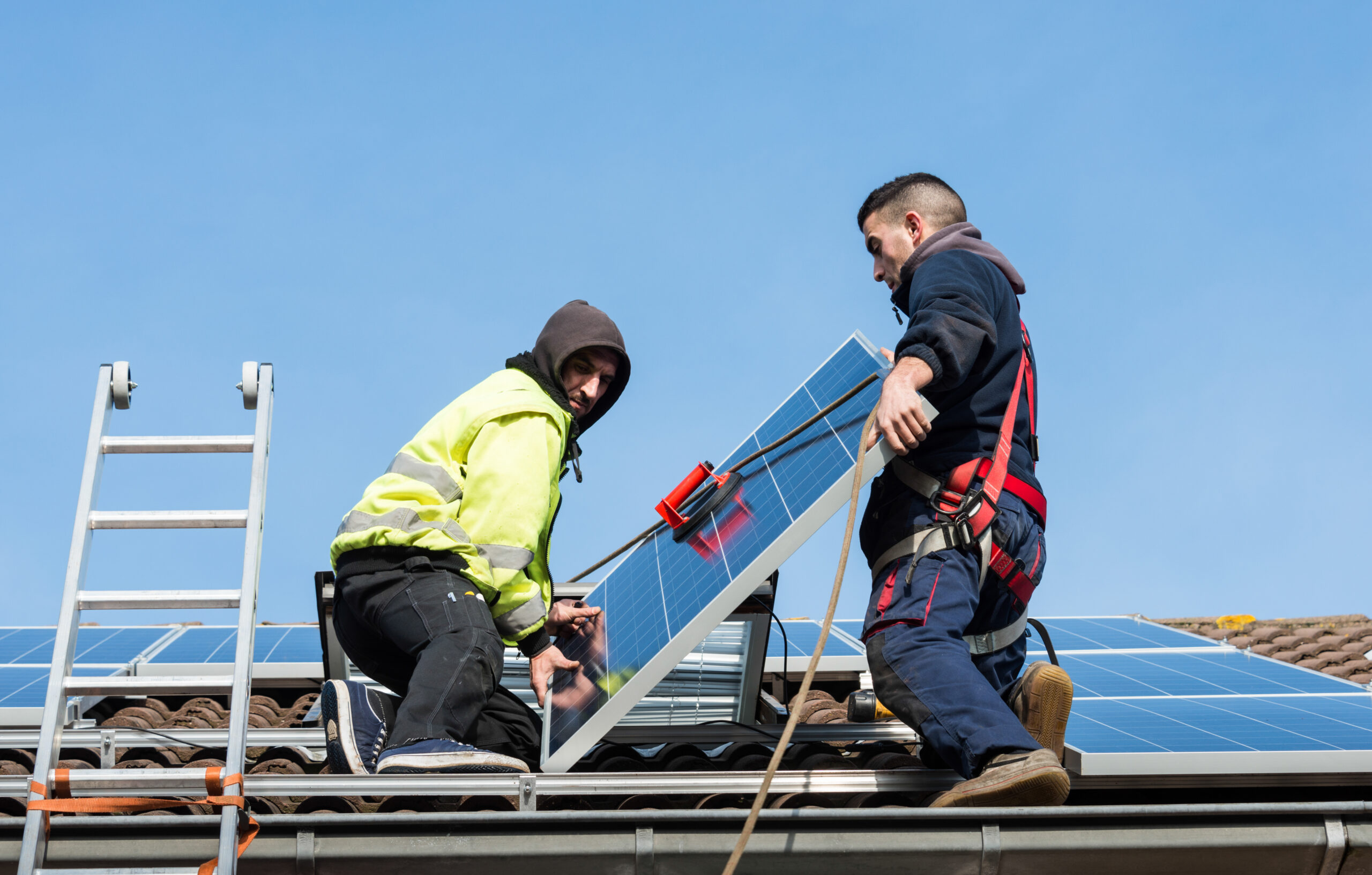
Hamish Littin from Power Technology said Solar PV systems should be considered by schools, as they have long operating life spans. Guarantees are in place for optimal performance, so it is important to note the guarantees the manufacturers of the system components offer.
Mr Littin said it is important to balance the current and future needs of the school’s energy as much as practicable, without oversizing. “Solar power is highly modular and schools can always add more power as they grow. This does not make any existing system equipment redundant so there is no lost investment if the school grows in stages.
“We prefer to assist our schools with outright ownership of their solar system. While this has higher initial capital outlay this can be offset with a loan. Schools enjoy the full benefits of their solar PV system and maximise the long-term savings and benefits to the school, including increased savings, and greater control.
“After the system has been installed, we recommend regularly checking the solar power data monitoring system to confirm the system is working properly, and if there is any sign of reduced performance, the school should have the system inspected.
“Maintenance usually consists of cleaning of the panels and inspection of electrical components. As there are no moving parts to solar panels, maintenance is relatively minimal and therefore costs are generally low. The panels should be cleaned annually, the same time as the school roof, however this greatly depends on the environment.”
Case Study: Hawkes Bay’s solar revolution
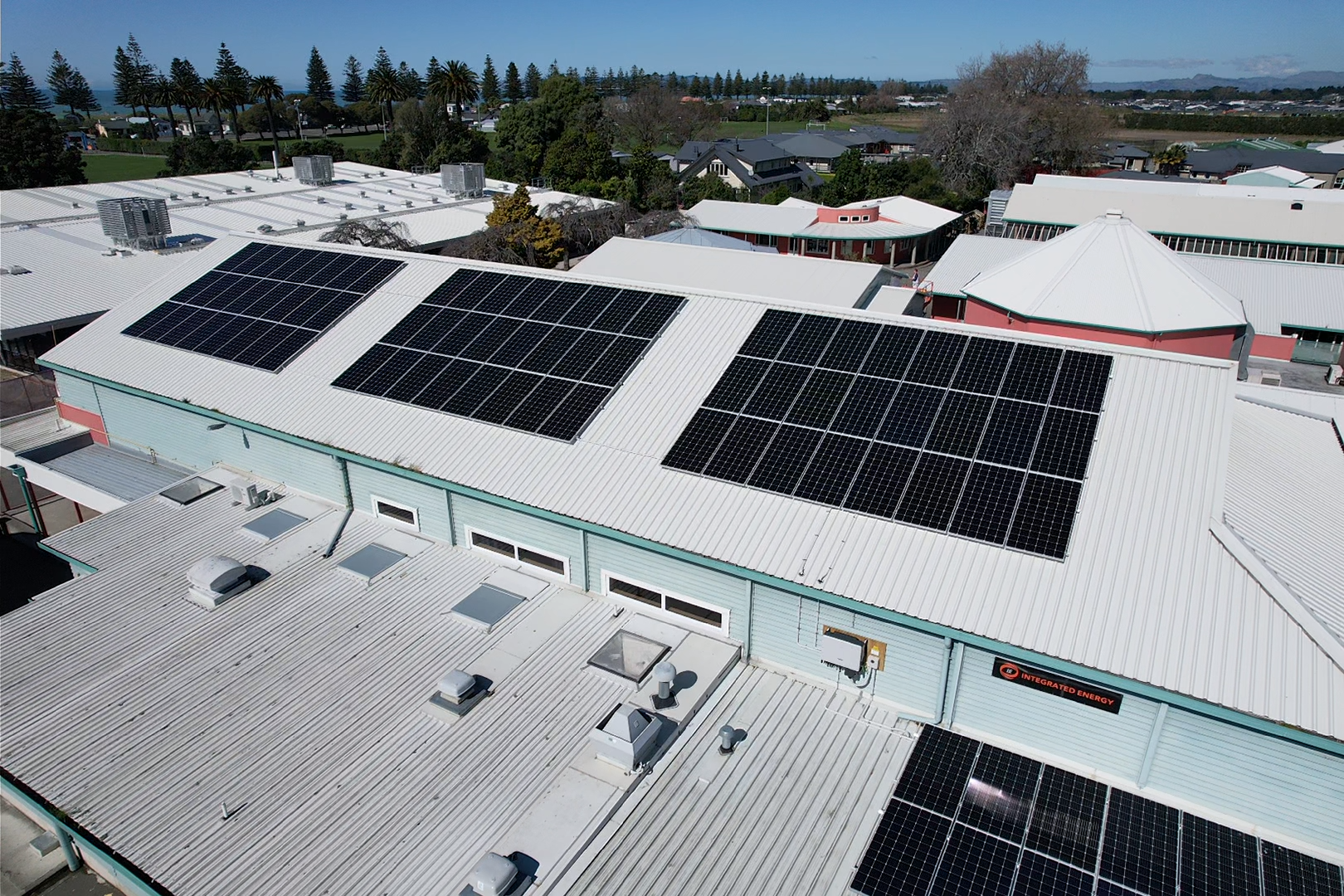
A growing number of schools across Hawkes Bay and beyond are taking a lead in sustainability and installing solar systems through a different payment model.
The system is paid back through the solar energy generated and then used by the school as an alternative to energy from the grid. Solar system supplier Integrated Energy said this model allows schools to achieve more sustainable practices by installing, maintaining, and managing the entire process for schools, at no capital cost.
In 2022, Integrated Energy worked closely with the Ministry of Education to develop an approvals process and energy contract which is standardised for all schools and allows all parties to have a thorough understanding of what’s involved. Integrated Energy worked with several schools in 2022 including the oldest state secondary school in Hawkes Bay, Napier Boys High School who stated that there was “minimal disruption and a really quick and easy process for the school to go through.”
Both Onekawa School and Tamatea Intermediate in Napier were keen to see the benefits of solar for their schools, along with being able to use the data provided by Integrated Energy’s solar monitoring systems to educate students on the impact of solar. The 40kW system installed at Onekawa School will produce around 80 per cent of the school’s overall energy use annually.
Jo Smith, Principal of Tamatea Intermediate in Napier, said “We are delighted with our new solar panels and the learning opportunities this has created for our tamariki.”
Students of today are our future leaders and decision-makers. Making sustainable practices more accessible can foster imagination for future projects and, hopefully, the protection of the planet.
Solar energy solutions will be key to achieving New Zealand’s goal of 100 per cent renewable energy by 2030.
Case study: Forrest Hill School’s Solar a “Proven Performer”
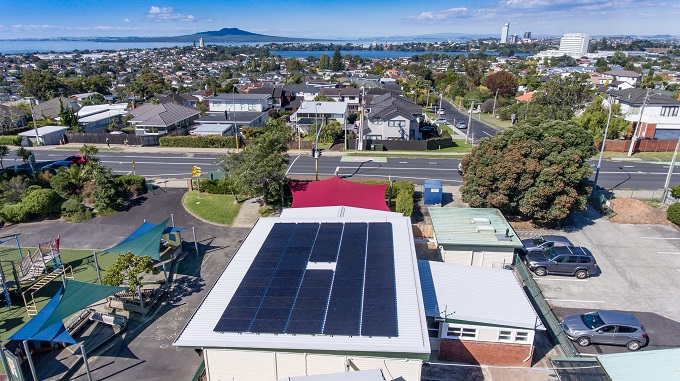
The past decade has seen a significant drive for schools to improve both their environmental and economic positions. This can be a daunting task, as schools work to balance available funding against expected outcomes, which need to meet current and future demands of the school and its infrastructure.
Solar system provider Power Technology says solar photovoltaics (PV) can help schools to save money, and the environment. While the initial outlay for a PV power system can be considerable, there are many benefits in both the environmentally clean energy produced, and the long-term savings gained. Funds can be diverted from the operating cost back into other areas of the school, helping to improve educational outcomes and opportunities for students.
Completed in mid-April 2019, Forrest Hill School has 64 solar panels which provide 19.2 kWp of solar power. The school is benefiting from cost savings and the sustainability of solar PV.
Since its commissioning the system has delivered 89,968.91 kWh (89.96 MWh) of energy to the school. That’s an equivalent energy cost savings of over $19,637 (excl GST), with 22-years remaining of the solar module power performance warranty.
Power Technology said with the data available from its schools monitoring systems, it can assess the total performance, and subsequent gains made by the school in terms of cost savings over the life of the systems.
Solar is a proven performer for schools, allowing them to generate, consume and trade their own renewable energy and save money. The system has flexibility to grow with the school, and provide silent, long-life operation of renewable energy generation that can be relied on for decades.









